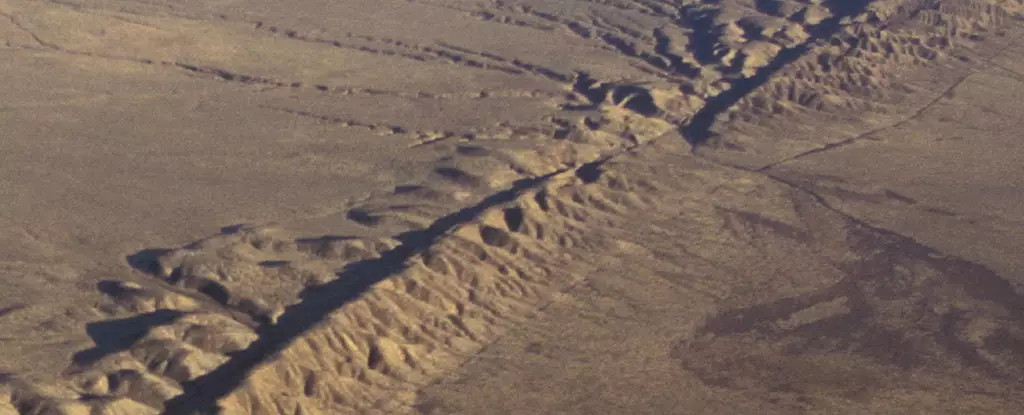For centuries, humanity has been captivated and terrified by earthquakes, yet our understanding remains fundamentally flawed. While the dramatic and destructive events capturing headlines are devastating, a subtler, less noticeable phenomenon operates silently beneath the surface: slow-motion earthquakes. These slow slip events, stretching over days or even weeks, are often dismissed as benign or insignificant due to their gentle nature. However, dismissing these geological whispers could cost us dearly. They serve as crucial indicators of the tectonic stress buildup that might eventually unleash a catastrophic quake. This underappreciation of slow earthquakes reveals a dangerous gap in our preparedness and an overconfidence in our ability to predict major seismic events accurately.
The Scientific Discoveries That Challenge Our Assumptions
Recent groundbreaking research conducted by experts at the University of Texas Institute for Geophysics provides a disturbing insight: slow slip earthquakes are not just passive releases of tectonic tension but active participants in the seismic process. By deploying sophisticated borehole sensors near the perilous Nankai Trough off Japan, scientists have observed these slow quakes unfold in real time. Such feats of technological innovation expose a disturbing reality — that fault lines are much more complex and dynamic than our traditional models allow. These slow events act like a natural buffer, absorbing stress that might otherwise build up to produce a powerful earthquake. But crucially, they can also contribute to the stress accumulation that primes the fault—potentially making the next big quake even more destructive.
The Danger of Our Complacency and Underfunding
The implications reach beyond scientific curiosity; they demand a stark reassessment of our approach to disaster risk management. Regions like the Cascadia subduction zone remain dangerously under-monitored despite the known history of devastating quakes, such as the 1946 event that caused thousands of fatalities and billions in damages today. Our current reliance on traditional seismic monitoring is inadequate to detect these subtle shifts and early warnings of impending danger. The technological advancements that make real-time detection of slow earthquakes possible are promising, but they are often limited by underfunding, political inertia, and an often complacent belief that we have “seen it all” when it comes to natural disasters.
The Call for a New Paradigm in Earthquake Preparedness
A shift in perspective is urgently needed. We must see slow slip earthquakes not as benign anomalies but as integral signals in a warning system that society cannot afford to ignore. Enhanced monitoring—focusing on fluid pressures and the subtle shifts that precede major quakes—is essential. If policymakers and science institutions prioritize these insights, they could dramatically improve early warning systems, providing precious time for evacuation and mitigation efforts. A failure to act now on this knowledge risks repeating the disasters of the past with even greater ferocity—especially in areas like Cascadia, which remains one of the most vulnerable zones in North America.
From Science to Policy: Bridging the Gap Between Knowledge and Action
While the scientific community is making strides, translating this knowledge into actionable policy remains sluggish. The allure of technological progress often outpaces funding and political will, leaving vulnerable communities exposed. Without a clear commitment to integrate these new insights into existing earthquake preparedness strategies, society remains dangerously unprepared for the silent threats beneath us. The potential to save countless lives hinges on our willingness to acknowledge the significance of slow earthquakes and to invest in better, more comprehensive monitoring systems. Ignoring these signs for short-term political gains or budget savings could prove catastrophic in the long run.
A Call for Urgency and Responsibility
It is time to recognize that slow earthquakes are not benign; they are crucial pieces of a complex natural puzzle that could hold the key to preventing tomorrow’s disasters. As we advance scientifically, the onus is on governments, scientists, and communities to prioritize understanding and integrating these subtle signals into our safety protocols. Only then can we turn what was once seen as a slow and insignificant process into a meaningful tool that safeguards lives and property. In the face of nature’s relentless power, complacency is a luxury we simply cannot afford.



Leave a Reply